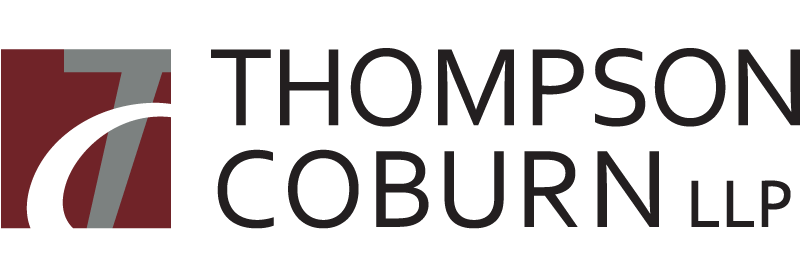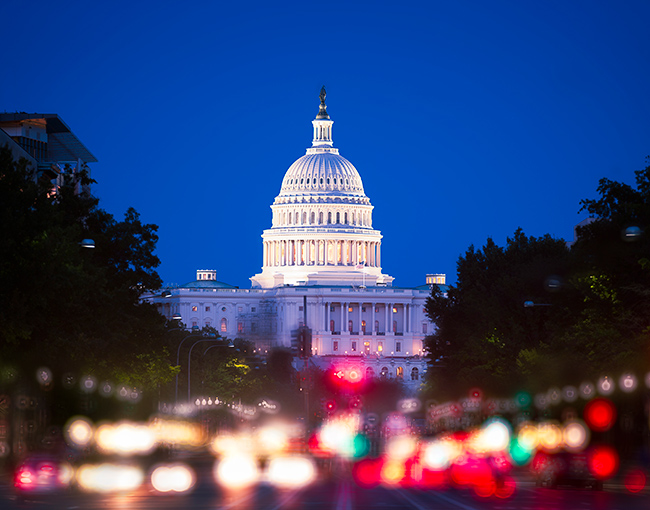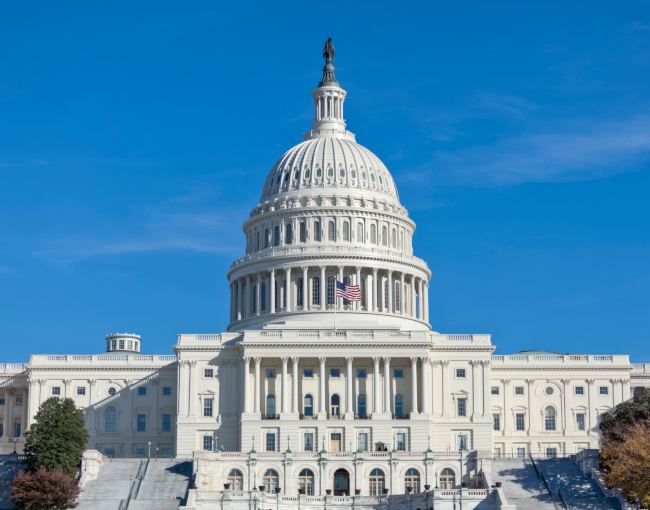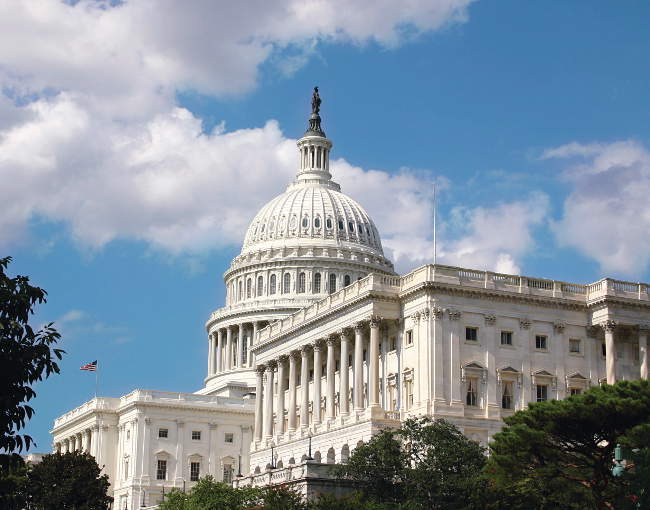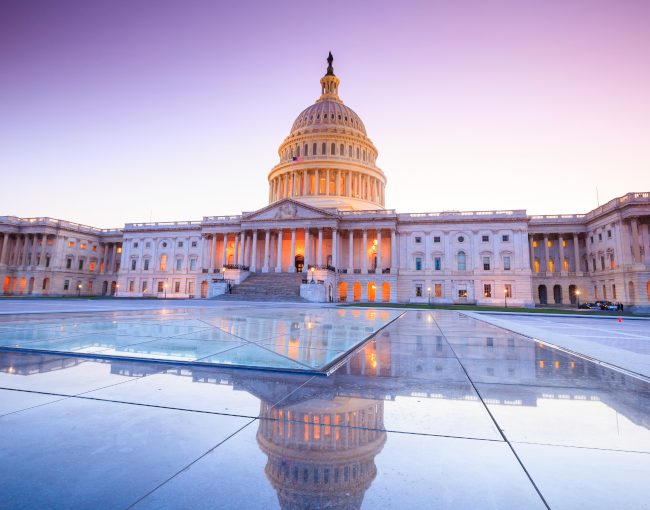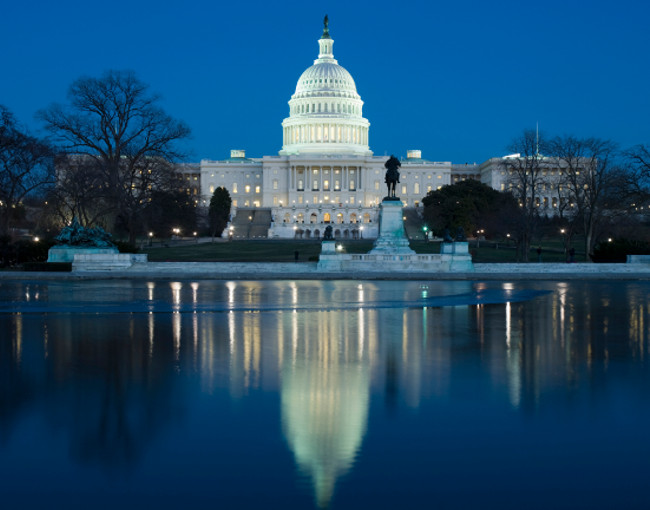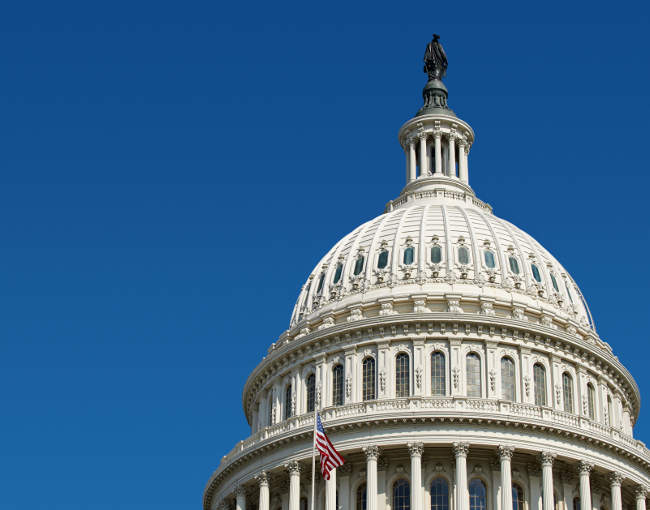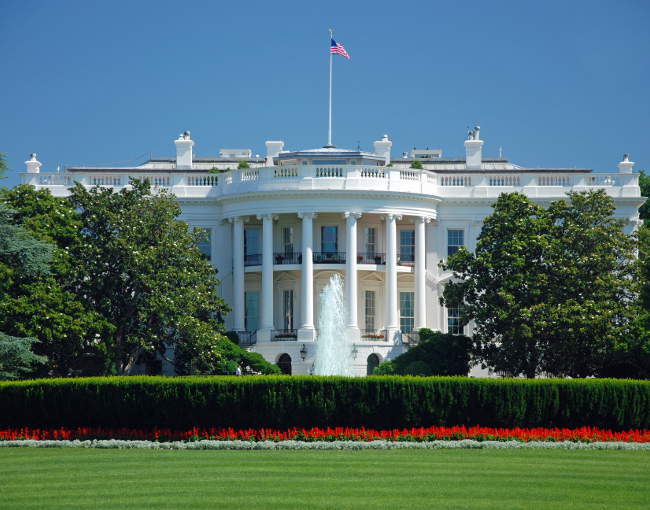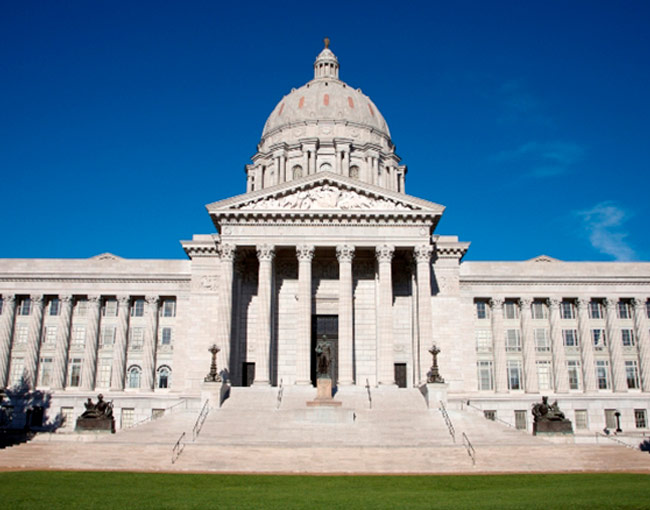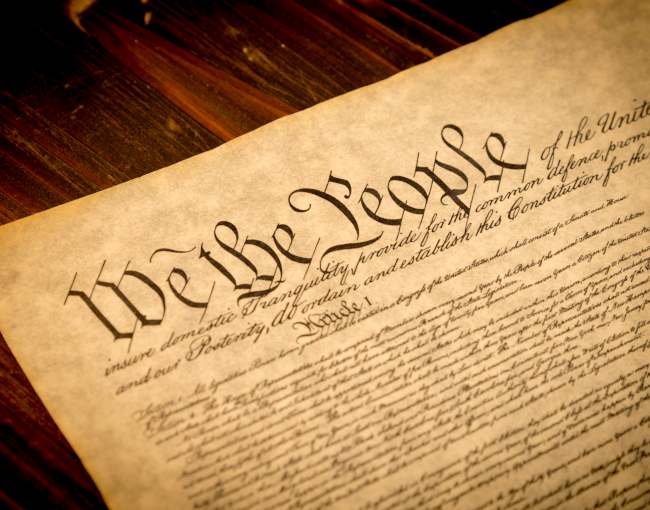
Recess appointments trace their origins to Article II, Section 2, Clause 3 of the Constitution. This allows the President to temporarily fill vacancies when the Senate is not scheduled to be in session for a specific period of time. Congress met infrequently during the early days of the Republic, sometimes only once a year, and travel to the capital was arduous and time-consuming. This clause was a practical solution, ensuring the government could continue functioning by empowering the President to fill critical roles even when the Senate was unavailable to confirm nominees. Appointees would often serve until the end of the next Senate session, which are currently one year in length (i.e., we are in the second session of the 118th Congress, which runs from January 3, 2024 through January 3, 2025, after which the first session of the new 119th Congress will commence). READ MORE
